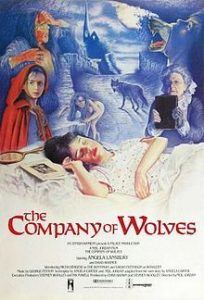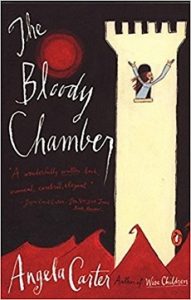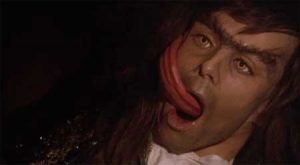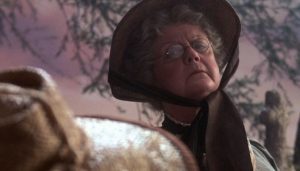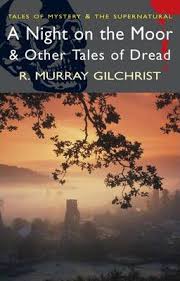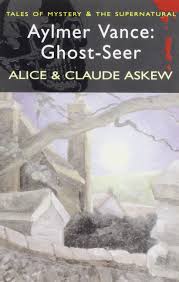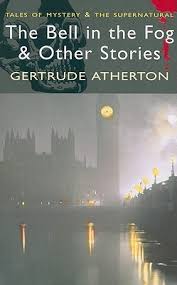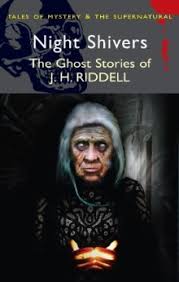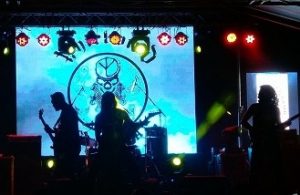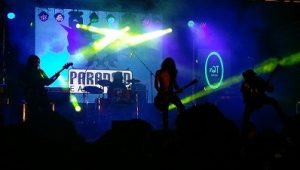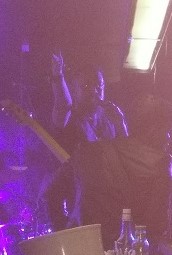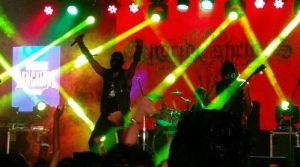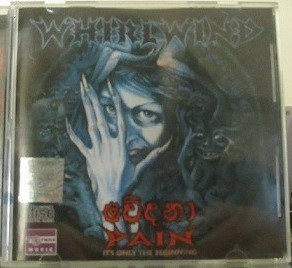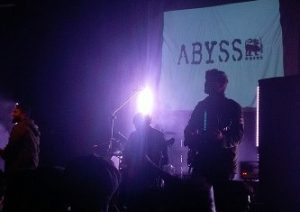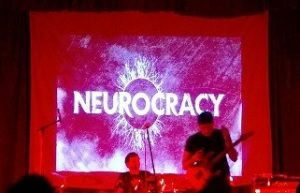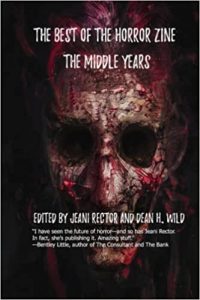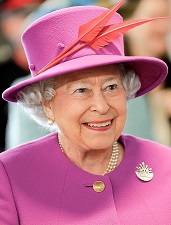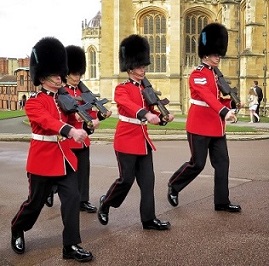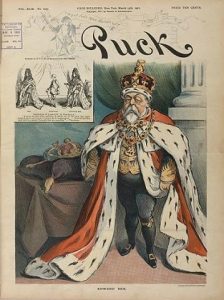
© BBC
Actor and comedian Robbie Coltrane, who died on October 14th, seemed part of the furniture in British TV shows and films when I was in my late teens and twenties. His performing talents, gallus manner and considerable physique made him impossible to ignore.
Also, as someone who’d grown up mostly in Scotland, I – and everyone I knew – appreciated the fact that he was a Scottish lad. Originally, he’d been one Anthony MacMillan from Rutherglen, with his stage name inspired by the great jazz saxophonist John Coltrane. It’s fair to say that Scotland did not get much attention in the London-centric media of 1980s Thatcherite Britain, except when it fleetingly made the news as the site of yet another factory or colliery closure. (Admittedly, things are only slightly better in 2022.) Thus, seeing Coltrane on popular, national telly or in movies reaching international audiences, and seeing him be unashamedly Scottish too, felt like a victory.
Anyway, here are a dozen of my dozen favourite TV and cinematic moments involving Robbie Coltrane.
The Young Ones (1984)
Coltrane made three appearances in the groundbreakingly anarchic BBC comedy show The Young Ones. I remember him best in the episode Bambi, which may have been the first time he registered on my radar. Bambi is the one where Rik (Rik Mayall), Vyvyan (Ade Edmondson), Neil (Nigel Planer) and Mike (Christopher Ryan) appear on University Challenge (up against a snooty team from ‘Footlights College, Oxbridge’ comprised of Stephen Fry, Hugh Laurie, Emma Thompson and Ben Elton), while Motorhead play The Ace of Spades in their living room. Observing the shenanigans through a microscope is Coltrane as a genteel, old-fashioned Scottish doctor (“Absolutely amazing! Human beings the size of amoebas!”), possibly modelled on Dr Finlay in the 1930s stories by A.J. Cronin. Coltrane brings the episode to an abrupt end when he accidentally drops an éclair on the specimen slide, burying Rik, Vyvyan and co. in creamy goo.
Laugh??? I Almost Paid My Licence Fee (1984)
During the early 1980s, Coltrane featured in three TV comedy sketch shows, Alfresco (1983-84), which also featured the afore-mentioned Fry, Laurie, Thompson and Elton; A Kick Up The Eighties (1984); and Laugh??? I Almost Paid My Licence Fee (1984). In the latter, Coltrane made several memorable appearances as a West-of-Scotland Orangeman called Mason Boyne. With his imposing bulk and craggy features, and wearing a black suit, bowler hat and sash, Coltrane certainly looked the part. Laugh? was produced by BBC Scotland and this was one of the very few times when the broadcaster was bold enough to have a go at the Orange Order and its paranoia about all things Popish. “It’s all here, Matthew Chapter 2, Verses 1-10,” says Boyne, citing the Bible in support of his assertion that the Pope is the Antichrist. “All you have to do is… jumble the words up a bit.”

© BBC
Caravaggio (1986)
Throughout the 1980s Coltrane had supporting or minor roles in many British or made-in-Britain films. These include, incidentally, several forgotten fantasy and science-fiction ones: Death Watch (1980), Flash Gordon (1980), Britannia Hospital (1982), Krull (1983) and Slipstream (1989). Okay, Flash Gordon hasn’t been forgotten – unfortunately. Anyway, in Derek Jarman’s Caravaggio, he gives a performance that’s stayed in my memory more than most. He plays Scipione Borghese, the 17th century cardinal who becomes the patron of the turbulent Italian painter. As usual with Jarman, there’s striking set design, deliberately littered with anachronisms, and the film sees the debuts of Tilda Swinton and Sean Bean.
Mona Lisa (1986)
Coltrane also provides good support in Neil Jordan’s Mona Lisa. He plays Thomas, a garage-owner who offers sanctuary for the movie’s main character, old friend and harassed ex-convict George, played by the incomparable Bob Hoskins. Thomas has no bearing on the film’s plot, which sees George employed by a gangster (Michael Caine) to drive around and look after high-class prostitute Simone (Cathy Tyson), whom he gradually falls in love with. But the friendship Thomas offers George is one of the few specks of light in a bleak film. His best line comes when he walks in on George while George is watching a dodgy video he’s obtained – discovering to his horror that it features his beloved Simone in some hardcore porn. Innocently, Thomas asks, “Channel 4, is it?”
Tutti Frutti (1987)
The pinnacle of Coltrane’s 1980s work, the tragi-comedy series Tutti Frutti is surely the best piece of television to come out of Scotland. At the time, I remember the New Musical Express hailing it as ‘the best TV show ever’, though sadly those know-nothing kids running the 2022 online version of the NME didn’t even mention Tutti Frutti in their Coltrane obituary. Written by John Byrne, Tutti Frutti has Coltrane as Danny McGlone, who’s drafted in to sing for a vintage Scottish rock ‘n’ roll band called the Majestics after their original singer, Danny’s older brother, is killed in a car accident. The Majestics are on a death-spiral, largely due to the antics of guitarist Vincent Driver (Maurice Roëves, who died last year). Driver styles himself as ‘the iron man of Scottish rock’, but his personal life is a destructive shambles. The band’s conniving manager Eddie Clockerty (a never-better Richard Wilson) doesn’t help things, either.
One consolation for Danny is another recent addition to the band’s line-up – guitarist Suzy Kettles, played by Emma Thomson with an impressively convincing Glaswegian accent. He gradually falls for the sassy Suzy, though she has her own issues – an abusive ex-husband, who happens to be a dentist. Can Danny and Suzy get together while, around them, everything descends into a hellhole of fights, farce, humiliation, depression, knifings, suicide and extreme dental violence? Due to copyright problems over its title song, written and recorded by Little Richard in 1955, Tutti Frutti didn’t get another airing for a very long time. Happily, it’s now available on DVD and three years ago was shown again on BBC Scotland.

© BBC
Blackadder the Third (1987)
Coltrane played the celebrated lexicographer Dr Samuel Johnson three times on stage and screen. His best-remembered performance as the famously irascible Johnson is in the Ink and Incapability episode of the much-loved TV comedy Blackadder, wherein the crafty title character (Rowan Atkinson) and his hapless minion Baldrick (Tony Robinson) accidentally incinerate the one and only copy of Johnson’s Dictionary of the English Language (1755) prior to its publication. This leaves them with just one night to write a replacement dictionary before Johnson finds out and inflicts his wrath upon them. In the funniest scene, Johnson boasts that his dictionary “contains every word in our beloved language.” To which Blackadder offers him his “most enthusiastic contrafibularities.” He sticks the knife in by adding, “I’m anaspeptic, phrasmotic, even compunctuous to have caused you such pericombobulation.”
Henry V (1989)
Sir John Falstaff, a prominent character in Shakespeare’s Henry IV, Parts 1 and 2, is actually dead at the start of Henry V. However, in this cinematic version, writer and director Kenneth Branagh couldn’t bear to leave out the portly, garrulous rogue, so he showed Coltrane as Falstaff in an all-too-brief flashback. Falstaff was a role Coltrane was clearly born to play and it’s a tragedy he never got cast in a proper adaptation of the two Henry IV plays (or for that matter The Merry Wives of Windsor).
Nuns on the Run (1990)
Nuns on the Run, which has Coltrane and Monty Python’s Eric Idle as criminals trying to escape some nastier criminals and taking refuge, and donning disguises, in a convent, is truly a one-joke film. That joke is seeing Coltrane dressed as and pretending to be a nun. It’s a pretty hilarious one, I have to admit. Though totally inconsequential, Nuns on the Run works better than another comedy he was in during the same period, The Pope Must Die (1991). North American distributors, nervous about the film’s sacrilegious title and noticing Coltrane’s girth, unsubtly renamed it The Pope Must Diet.

© HandMade Films / 20th Century Fox
The Bogie Man (1992)
This TV film adapted to the small screen the Alan Grant / John Wagner comic book about a Scotsman with psychiatric issues who believes he’s Humphrey Bogart (or characters Bogie played in the movies) and goes around fighting crime. The TV version was panned by the critics, disowned by Grant and Wagner, and as far as I known has never been reshown. While I found it underwhelming, I enjoyed Coltrane’s performance as the lead character – occasionally, when not channelling Bogart, he lapses into impersonating Sean Connery and Arnold Schwarzenegger too. Also, Craig Ferguson, years before he became a superstar on American television, gives a nice supporting turn as the cop on Coltrane’s trail.
Cracker (1993-95)
Arguably Coltrane’s greatest role, his work in Cracker as Dr Edward ‘Fitz’ Fitzgerald, a criminal psychologist helping out a dysfunctional team of detectives (Christopher Eccleston, Geraldine Somerville, Lorcan Cranitch) won him the British Academy Award for Best Actor three years in a row. Grim and intense, with the only humour coming from the arrogant, flamboyant and self-destructive Fitz, the show was at its most gruelling during its To Be a Somebody story at the start of season 2. This involves a terrifyingly credible killer (Robert Carlyle), who’s ended up the way he is largely because of trauma he suffered in the 1989 Hillsborough Stadium disaster. It also features the murder of one of the show’s main characters.

© Granada Television
Goldeneye (1995) and The World is Not Enough (1999)
Coltrane’s entertaining turns as ex-KGB man Dimitri Valentin, now a would-be entrepreneur in post-Communist Russia, are among the highlights of these two Bond movies, which have Pierce Brosnan playing 007. Valentin certainly gets the best lines. In Goldeneye, when Bond holds a gun to the back of his head and he hears the click of its safety catch, he observes: “Walther PPK, 7.65 millimetre. Only three men I know use such a gun. I believe I’ve killed two of them.” And in The World Is Not Enough, when Bond interrogates him about sultry oil tycoon Elektra King (Sophie Marceau), whom Bond has recently bedded, and demands, “What’s your business with Elektra King?”, he retorts, “I thought you were the one giving her the business.” Valentin, who runs a hellish-sounding country-and-western club in one film and a caviar factory in the other, was devised at a time when Russian oligarchs could be depicted as lovable, comic Arthur-Daley-from-Minder-type grifters; and not sinister billionaires laundering mountains of dirty money in the City of London and buying their way into the heart of the British establishment.
From Hell (2001)
Like The Bogey Man, this movie adaptation of Alan Moore’s labyrinthine graphic novel about Jack the Ripper, published in instalments from 1989 to 1998, was disdained by its original creator. However, if you can erase all memories of Moore’s From Hell and focus solely on the film, it’s decent. For one thing, it looks at the Ripper’s hideous murders from the perspective of characters commonly neglected in previous films on the subject – his female victims. Coltrane gives a solid performance as Sergeant George Godley, the loyal, capable and intelligent assistant to the film’s hero, the vulnerable, opium-raddled Inspector Frederick Abberline (Johnny Depp). A scene where Godley and Abberline are filmed from behind as they approach the funeral ceremony of one Ripper victim, dressed in black suits and bowler hats, even evokes Laurel and Hardy. (In fact, at one time, Coltrane and Robert Carlyle had tried unsuccessfully to get a Laurel and Hardy movie off the ground.)
Thereafter, Coltrane achieved global popularity playing Hagrid in eight Harry Potter movies and got regular gigs doing voice-work in items like The Gruffalo (2009) and Brave (2012). None of this was my cup of tea, but good on him for securing well-deserved fame and, presumably, fortune too. It’s just a pity that a few years ago ill-health caught up with him, which deprived our TV and movie screens of his always-welcome presence.

© Eon Productions










